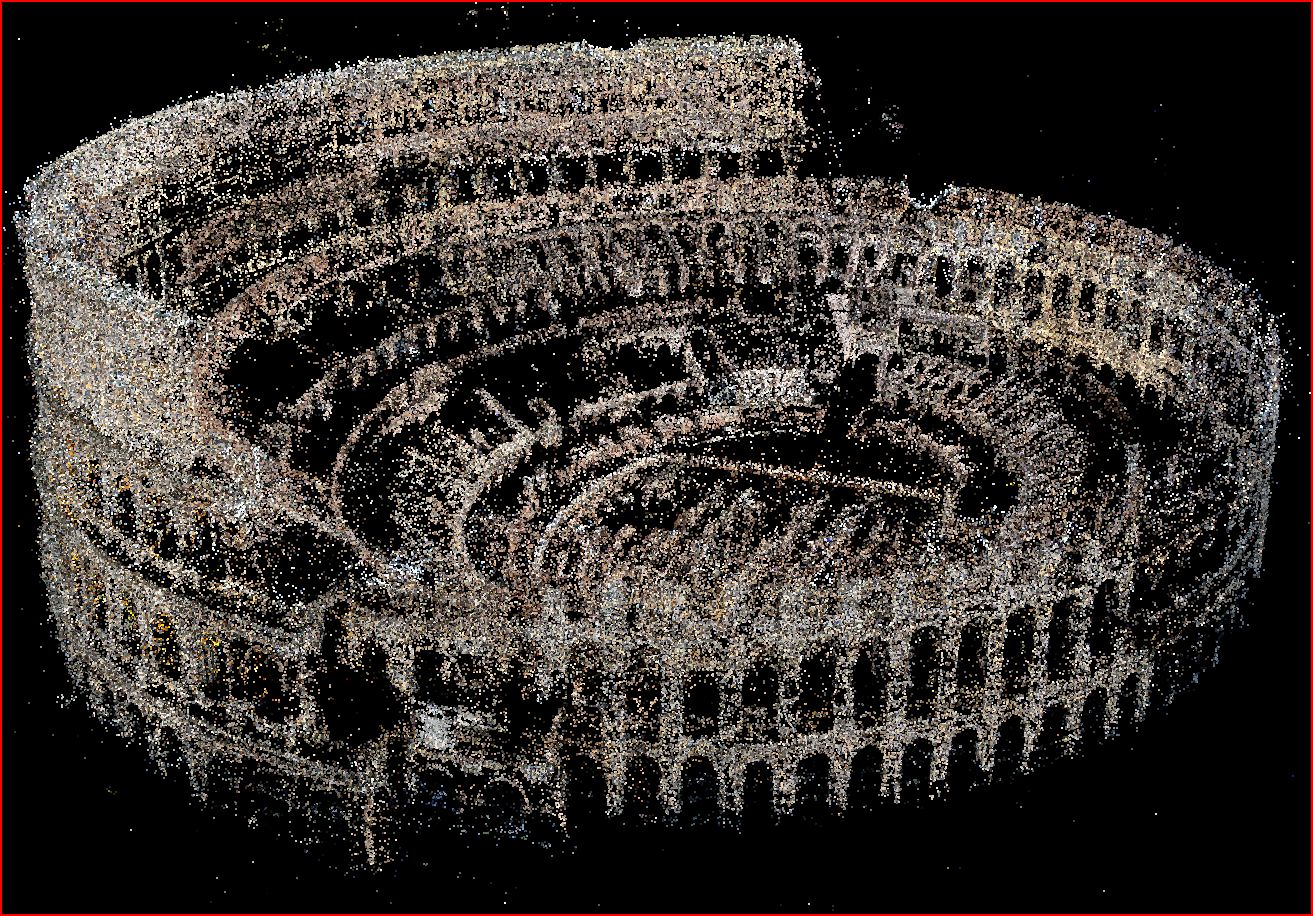What is HBIM? What benefit does this methodology bring? Let’s find out together
The number of historical and cultural buildings requiring renovations and retrofits of some sort in our territory is increasingly greater. Hence the need for a tool and a methodology has become more and more essential as to store, manage and share information on the past, present and future of these buildings.
HBIM, short for Heritage (or Historical) Building Information Modeling, is what we need in this kind of situation. A process, a discipline applied to interventions on existing buildings, amplifying the potential of the BIM method. Using HBIM, digital and geometric 3D models are conceived, smart rich information models, parametric and featuring a well-defined semantics.
The term HBIM was first used in 2009 by Dr. Maurice Murphy, professor of the Dublin Institute of Technology, who wrote an essay on the topic: “Historic Building Information Modeling is proposed as a new system of modelling historic structures along with the development of a library of parametric based on historic data”.
Designing with HBIM
The main goal is using the HBIM process to get BIM models of existing structures, made up of smart objects which, in turn, contain information of all kinds that can be updated, replaced and increased.
HBIM designing consists of:
- Study of any existing work;
- Survey;
- BIM Modeling;
- Information handling.
The first strand is read and study the historical data and architectural manuscripts related to the architectural structure, to relate it to a specific historical context.
The second strand, on the other hand, is create a first metric survey, then used for modeling the building. The survey can be traditional or with a terrestrial laser scanner combined with digital photo modeling (less expensive). Either method gives out the same result, creating a point cloud and an orthophoto.
Point cloud: reproduction of a detected object consisting of a set of data points in space.
Orthophoto: geometrically correct and georeferenced photograph that can be used to measure real distances.
The point cloud will be imported into a BIM software and later be used to create section or planimetry profiles for subsequent geometric modeling. The modeling will so result in a mere recalculation of the profiles exported from the point cloud.

BIM vs HBIM
Compared to BIM, the division into partsin HBIM is far more intense: what does it mean? A column, for instance, can’t be considered as a single entity, but it must necessarily be divided into base, shaft and capital. Using HBIM, the capital will be distributed in relation to the single elements it is composed of, and which make it unique. Clearly, all details are more developed with HBIM as regards methods of construction and composition of materials.
With HBIM, the structural characteristics of the building are also and mainly considered by analyzing the current situation and the traumas of time or the stress caused by any and all earthquakes. The high level of interoperability becomes even more important than traditional BIM since it will interface a large number of specific software with open BIM and share all the information.
All in all, since these works are part of the nation’s historical heritage, all the data entered in the 3D model must be used by different operators: historians, designers, conservation operators, visitors. Noteworthy, all information must be used throughout the life spanof a building in order to learn more and better preserve its architectural heritage.
Conclusion
Although quite advantageous, adopting the BIM method might be hard per se. However, using HBIM might produce even greater results. Documentation of places, technologies and materials is increasingly important for the protection of heritage as well as its understanding, ensuring an ideal approach in terms of maintenance.
Italy is ready for it; are you so?



